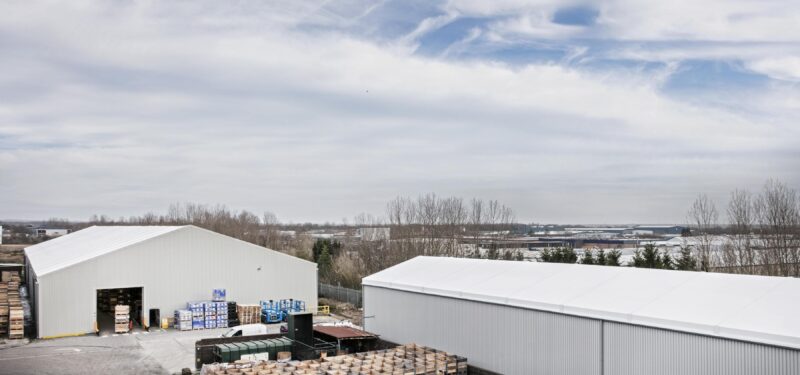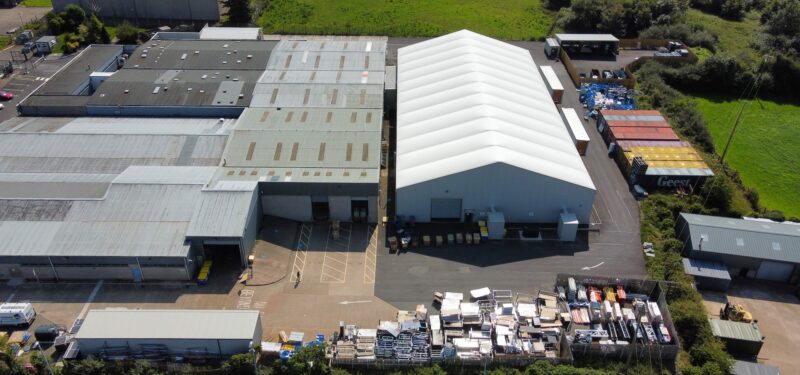A Guide to Temporary Building Planning Permission
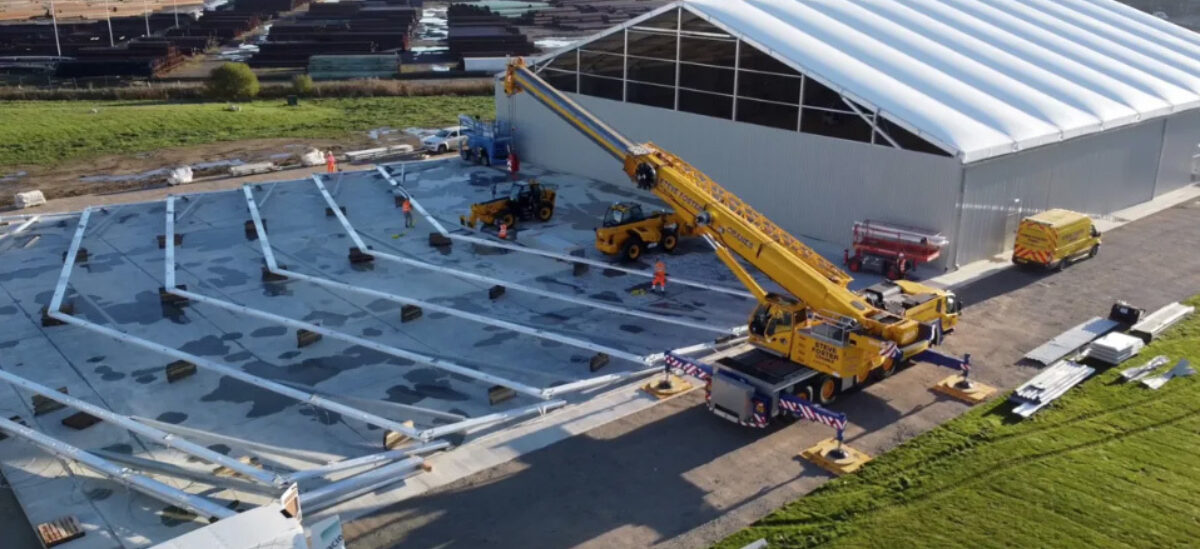
“Do We Need Planning Permission for Temporary Buildings?”
This, or a variation of, is probably THE most frequently asked question we get from our prospects and leads at every stage of their temporary & semi-permanent building buying journey. Fear not; at Spaciotempo, we’ve always got you covered, figuratively and literally!
This bumper guide offers a comprehensive overview of the planning process from start to finish, complete with everything you need to know.
Are you interested in a temporary building but unsure of the planning permission? In this blog, we will be talking about the application process and how Spaciotempo can help you. If you are interested in the steps involved in applying for planning permission take a look at our accompanying blog here.
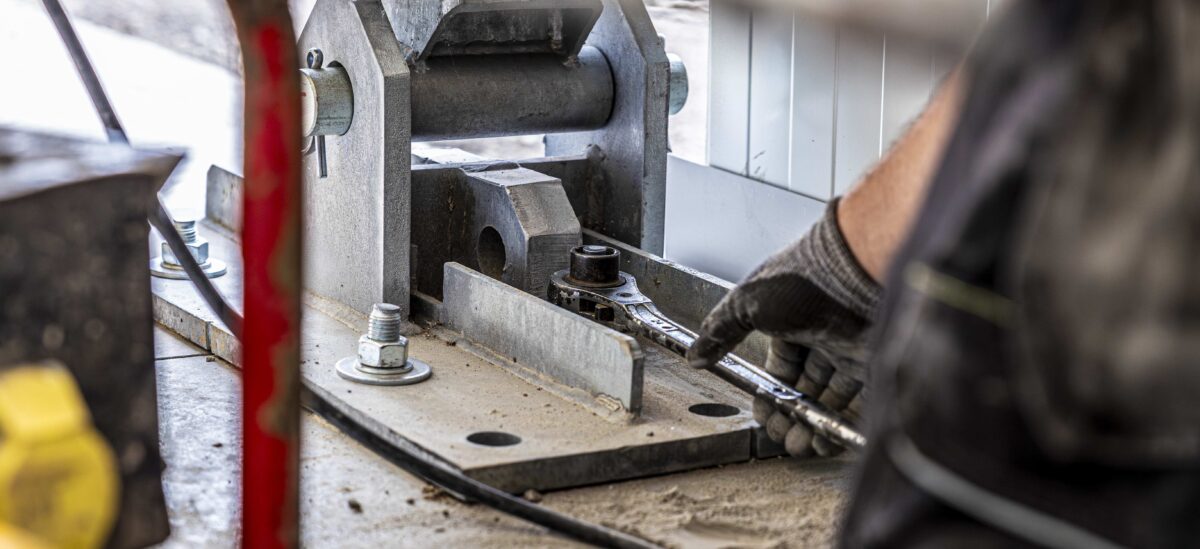
Why Does Our Business Need Planning Permission for a Temporary Structure?
Let’s start with the very basics. In simple terms, planning permission is the legal process of seeking official approval to commence a certain piece of building works. It is otherwise known as permitted development and is required for both the erection of a new temporary structure, or changes to an existing one (that meet certain size and length of time criteria that we’ll come to). Essentially, it ensures that proper compliance is met for every development, and for the protection of the environment and heritage, such as developments within conservation areas or Areas of Outstanding Natural Beauty.
Planning permission is devolved from parliament down to the Local Planning Department of councils across England and Wales. It is the developer’s responsibility to seek approval.
When Do We Need to Seek Planning Permission?
This is the important bit!
Approval for the permitted development of temporary structures is required in the following scenarios. Whilst not an exhaustive list, it highlights the most common conditions. Your business would need to submit a planning application to the local authority, if;
- The structure will be in use beyond 28 days
- The structures floor space is more than 100m2
- The structure will occupy more than 25% of the entire site area
- The structure is closer than 5m away from the site boundary
- The structure is taller than your current build
- The structure will materially alter the exterior of the existing build
- There is a restriction on vehicle parking and manoeuvring
- The existing original build has had any extensions or alterations
Temporary Building. Lasting Solutions. Brochure
Get your copy of our new brochure that places a firm focus on your industry. Be it lack of storage or warehouse space, production or maintenance facilities, or cover for your loading and unloading operations, our structures meet every requirement.
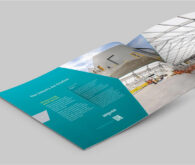
As surface mounted temporary buildings like Spaciotempo’s can actually have a lifespan of 25+ years, in most instances they will fall within the remit of planning regulations requiring consent. In fact, they are temporary only in name, not in nature and actually offer more of a permanent solution in terms of durability and longevity than say a marquee or industrial tent.
Additionally, it is worth highlighting that the Town and Country Planning (Use Classes) Order 1987 categorises uses of land and buildings into various categories known as ‘use classes’. Depending on the specifics of any proposed change of use, including any building work associated with the proposal, it may require an application for planning permission or prior approval.
Most commonly, our customers generally fall within Class B for general industrial or storage & distribution usage, and they may have to go through the process of obtaining planning permission again should the buildings use class change from one category to another whilst in their ownership. Read more about use classes and planning here.
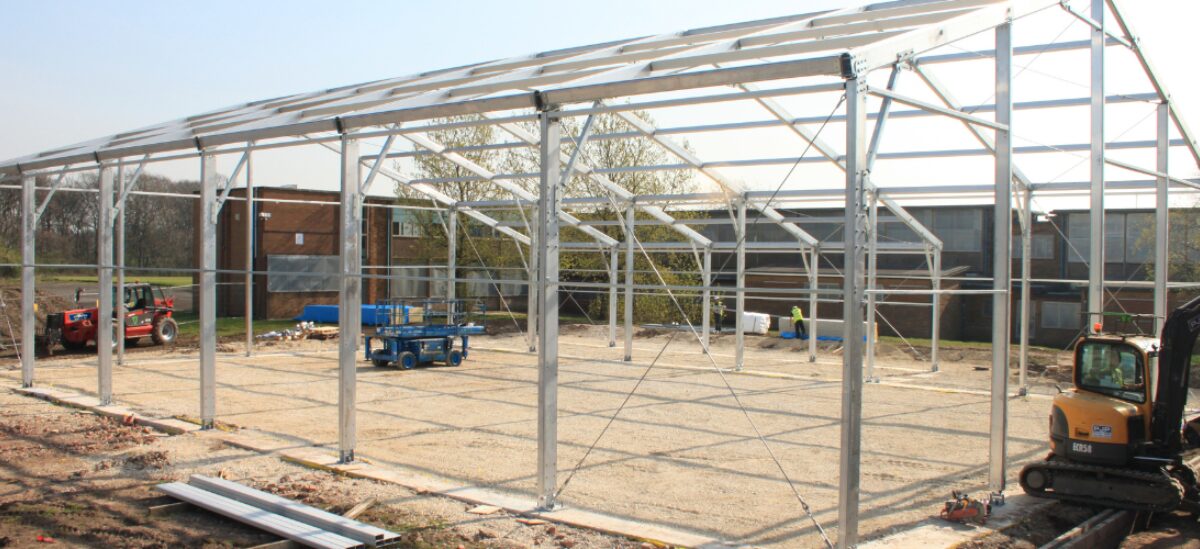
And In What Cases Would There Be Planning Permission Exemptions?
Planning exemptions for temporary & semi-permanent buildings can apply. Notably, if a structure won’t be in place for more than 28 days in a single calendar year or has a footprint of under 100m2. Additionally, your business may be exempt from planning permission for temporary buildings during construction work on land or on adjoining land. This would include, for example, a contractor’s site office or storage container located on a construction site or on land adjacent to a construction site.
In the realm of your buying journey with Spaciotempo, unfortunately it doesn’t matter whether you hire or purchase a temporary building with us, nor if it is moved elsewhere on site before or after the build, and these reasons do not constitute immunity. If you are unsure about anything, it is always best to check with either the Local Planning Authority or seek independent expert advice. Spaciotempo also work with our trusted partner Mosaic Town Planning, who can take care of the whole process on your behalf if you wish.
Can We Get Retrospective Planning Permission?
As we touched on in our 6-step planning permission process blog, your business may have a legitimate need to proceed with temporary building construction without prior approval from the LPA. Reasons range from business continuity after a crisis, such as a fire or a flood that has put existing facilities out of action, or time-critical projects to urgently provide humanitarian or medical aid during conflicts or pandemics.
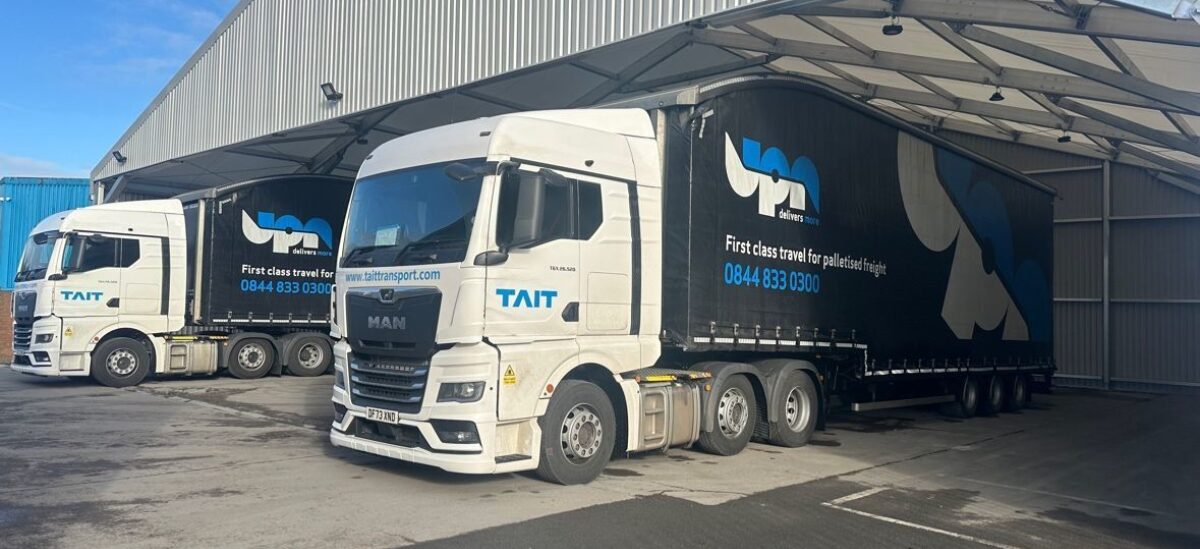
This arrangement should be agreed upfront and in writing by the client and supplier. You must be able to provide legitimate proof to the LPA that there was a genuine need to proceed with an emergency temporary building to avoid penalties. Otherwise, they should treat it in exactly the same way as a regular application.
How Can Spaciotempo Help With The Planning Process?
Planning applications for temporary buildings take around 8-12 weeks, the same as for traditional buildings. It actually depends on the size and complexity of the permitted development, but with Spaciotempo’s experience and relationships with local planning authorities they may look favourably on your business’s application which could help speed up the process. It also pays to be responsive to suggested changes or questions, which makes the whole process run far smoother.
Spaciotempo also offers a full planning service thanks to our dedicated planning partners, giving you one less thing to worry about in what is a busy time making plans to get your temporary building up and running. As an independent consultancy, Mosaic Town Planning can offer advice or even take care of the whole application from start to finish if you wish.
Important!
All the above information only applies to the rules and regulations of planning permission in England & Wales. If you’d like to learn more about planning permission in Scotland, the Republic of Ireland and Northern Ireland, we have another helpful article for that.
Whilst there are similarities, there are also differences, and if you’re planning to build temporary buildings in Ireland or semi-permanent structures in Scotland, you may want to check it out.

Conclusion
Navigating the complexities of planning permission for temporary buildings can seem daunting, but with the right guidance and resources, it becomes manageable. At Spaciotempo, we provide comprehensive support throughout your temporary building journey, from understanding when planning permission is required to assisting with the application process itself.
Whether you choose to handle your application independently or with our help, we’re committed to ensuring a smooth and efficient process. Remember, proper planning not only ensures compliance but also maximises the benefits and longevity of your temporary structure and with Spaciotempo, you can confidently move forward with your temporary or semi-permanent building project.
